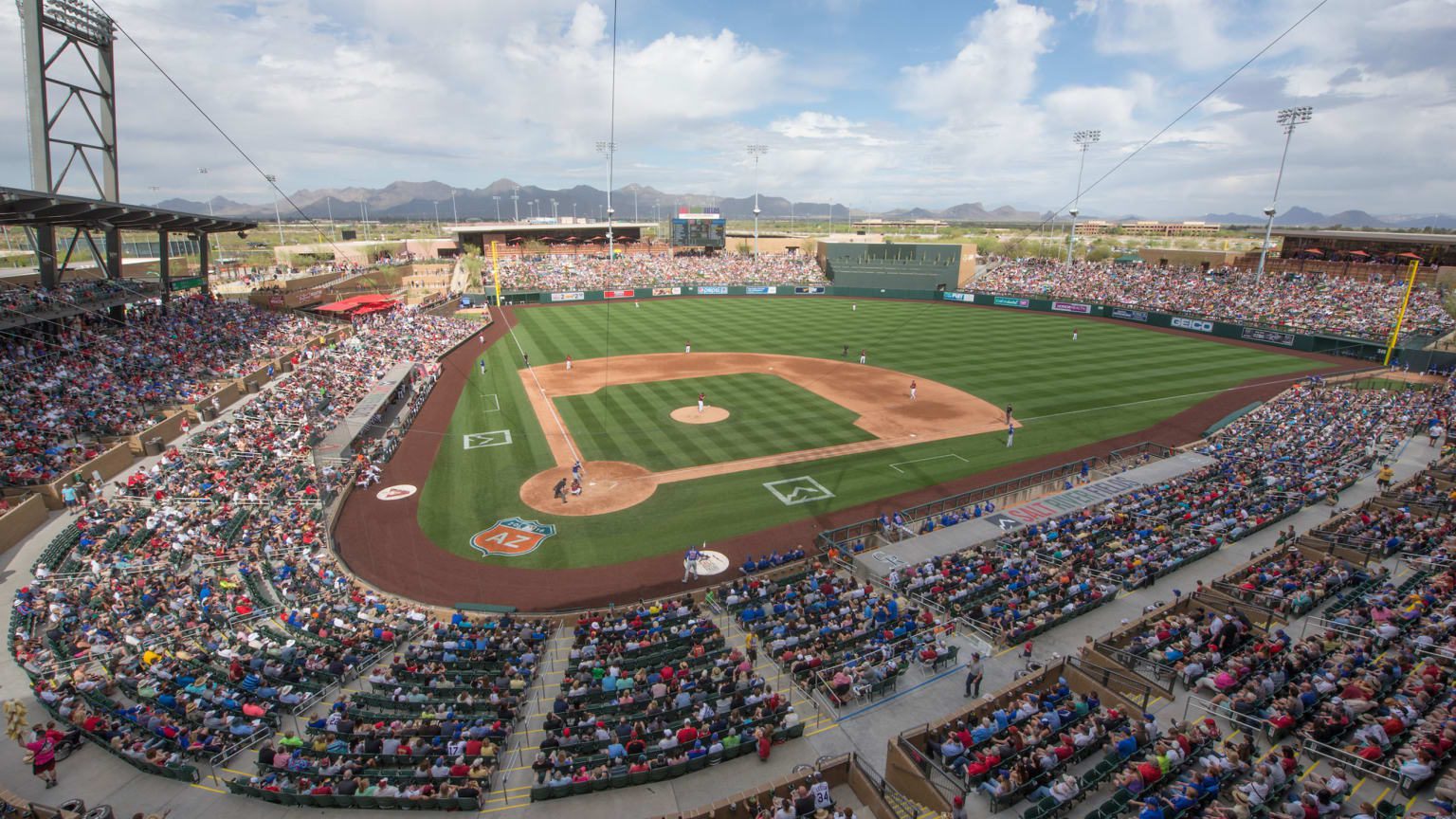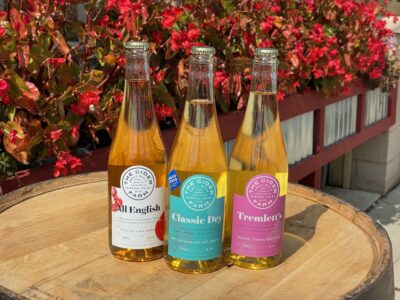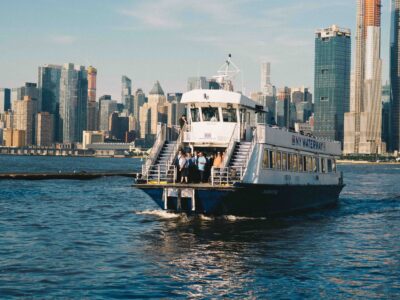The Arizona Diamondbacks have shown concern for the environment since the team’s conception in 1998. “I think it’s our responsibility as an MLB franchise to be a good steward of the community and a good steward of the environment,” said Matt Helmeid, Diamondbacks’ former senior director, special projects & fan experience. The franchise was an early Green Sports Alliance (GSA) member. The organization recognized the team’s ecological accomplishments with the prestigious Environmental Innovators of the Year award in 2018.
The Diamondback’s “first real sustainability-focused project” — its Solar Pavilion — was built in 2011, the season the team hosted Major League Baseball’s (MLB) All-Star Game. At 17,280 square feet, it shades Chase Field’s main entrances while creating 100,000 kWh of solar energy, enough to power nearly a dozen games.
Other conservation improvements included a switch to energy-efficient lighting that cut power consumption in the concourse area by 60% and in the parking garage by 40% each year.
The team cut water use in half by installing low-flush toilets, low-flow faucets, and eco-friendly hand dryers, eliminating 350 miles of paper towel trash each season.
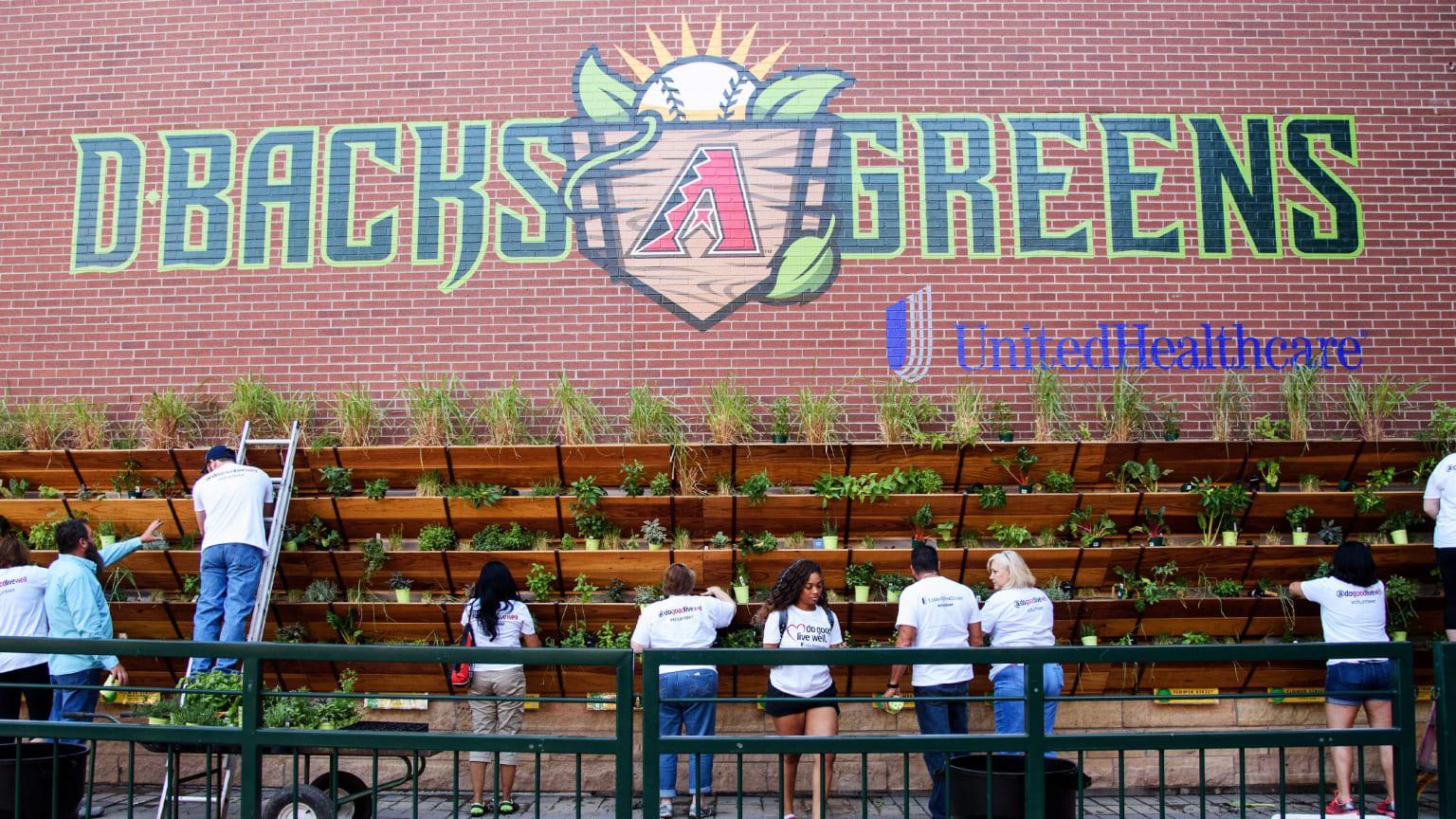
In 2016, the Diamondbacks took “a deep dive into sustainability” and replaced Chase Field’s old recycling containers with dual bins that could accommodate trash and food waste. These bins, made from 1,300 recycled milk jugs, resulted in a more than 200% recycling tonnage increase. Concession stands have transitioned to recyclable plates and cutlery, and the kitchen grease gets recycled into biodegradable diesel. Recycled paper and soy ink are used in the programs and tickets, while game day and concession staff outfits are made with recycled materials.
The ballclub also has promoted recycling through the highly popular concession stand item: beer. Several seasons ago, the Diamondbacks and Coors Light partnered on a recycling awareness project that involved placing a D-backs-logoed sculpture and filling it with beer cans collected for recycling. During the 2022 season, Arizona participated in Anheuser-Busch’s “National Recycling League” to reduce gameday waste.
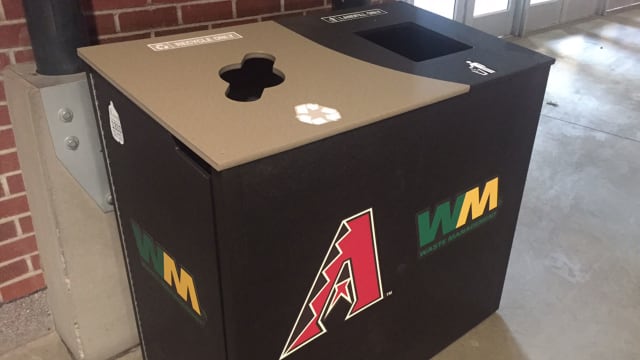
The Diamondbacks started making food donations in the early 2010s, but the team intensified its efforts in 2017. The following season, it donated over 14 tons of unused concession food, representing over 23,000 meals. The D-backs launched a composting program in 2017, diverting nearly 90 tons of food waste from landfills in its first two years.
MLB’s first vertical garden resides at Chase Field. Located just outside the stadium’s main gate, D-backs Greens is a 180-square-foot urban garden that grows produce and herbs, such as chives, sweet basil, and oregano, used at the stadium and donated to community groups. “We’re showing fans that if we can grow herbs on the side of the ballpark,” Helmeid explained. “You can do it at home, too, if you’re interested.”
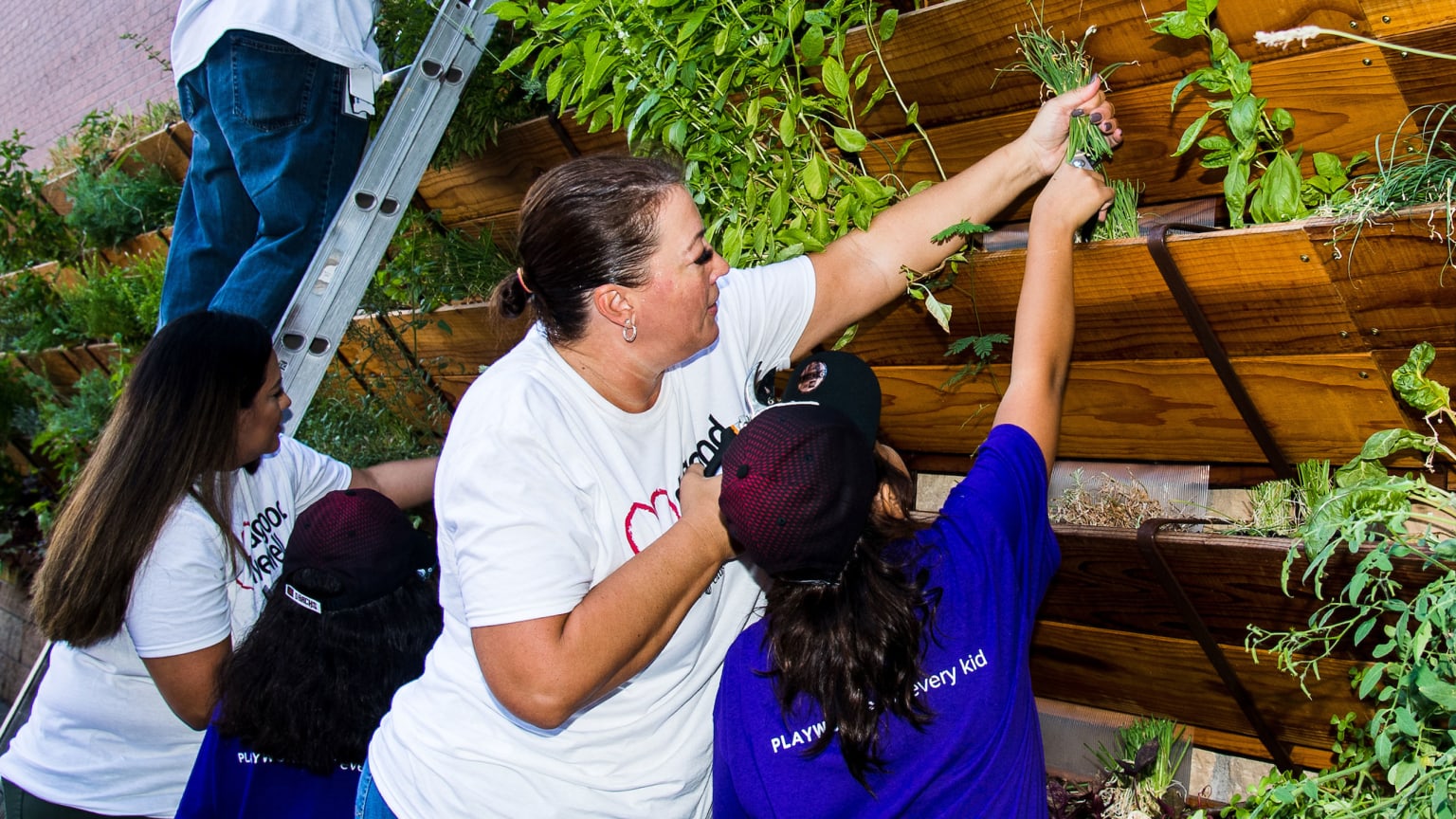
Before the 2019 season, Chase Field received a major clean energy makeover, replacing the field with synthetic grass that included an infill composed of eco-positive and highly renewable natural materials.
The team saved nearly 4.5 million gallons of water in its initial season. Artificial turf also cuts the need for fertilizer, and because the retractable roof doesn’t have to open to provide sunlight, air conditioning use decreases, resulting in energy savings.
The franchise’s environmental interests were exhibited in the construction of the Salt River Fields at Talking Stick, the spring training home for the Diamondbacks and Colorado Rockies. It became the first spring training facility to receive a gold Leadership in Energy and Environmental Design (LEED) certification for New Construction from the U.S. Green Building Council.
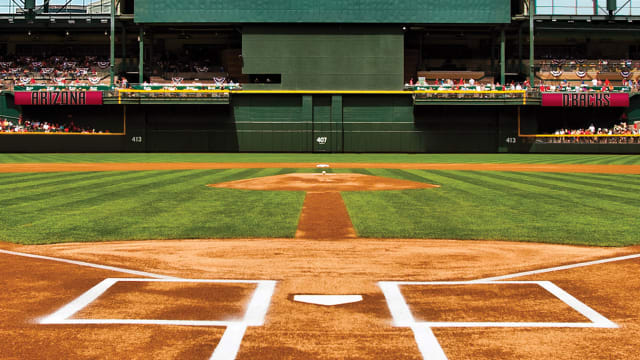
The masonry materials used to build the facility, the first professional sports venue built on Native American land, primarily came from the Salt River Pima-Maricopa Indian Community soil, and 40% of the building materials were sourced locally.
The stadium’s large canopy roof and terracotta screens maximize shade without obscuring the scenic natural vistas. More shaded areas were created by uprooting and relocating 85 mature trees and cacti around the stadium.
Native plants also increase the amount of water absorbed into the ground instead of becoming runoff and help to reduce potable water consumption. The facility also achieved energy savings of nearly 25% by installing displacement ventilation and installing operable windows in the locker rooms.
Chase Field and Salt River Fields demonstrate the team’s ongoing commitment to sustainability. “We’re a forward-thinking organization,” Helmeid said. “And we’re always trying to be better and do better on a daily basis, and sustainability is part of that.”

